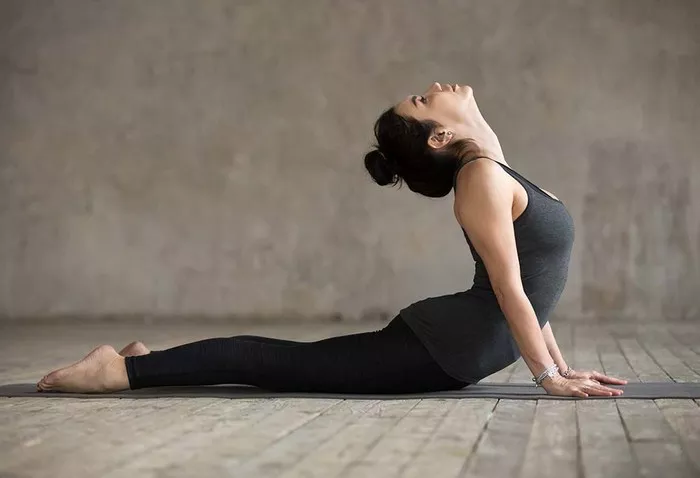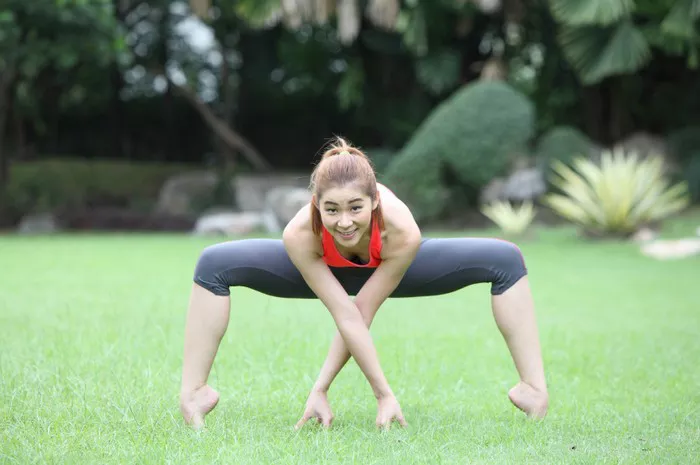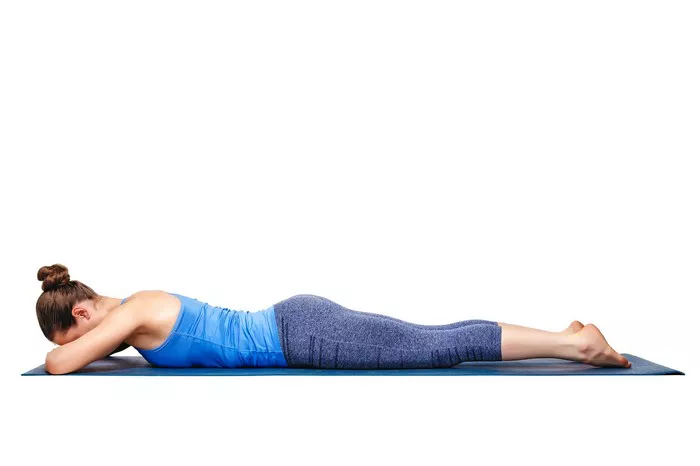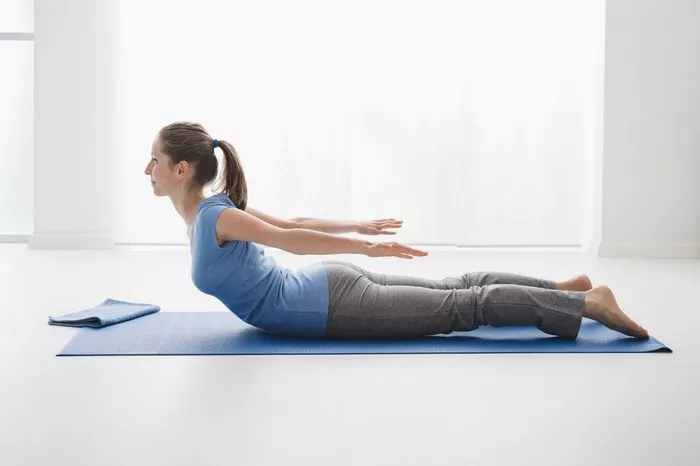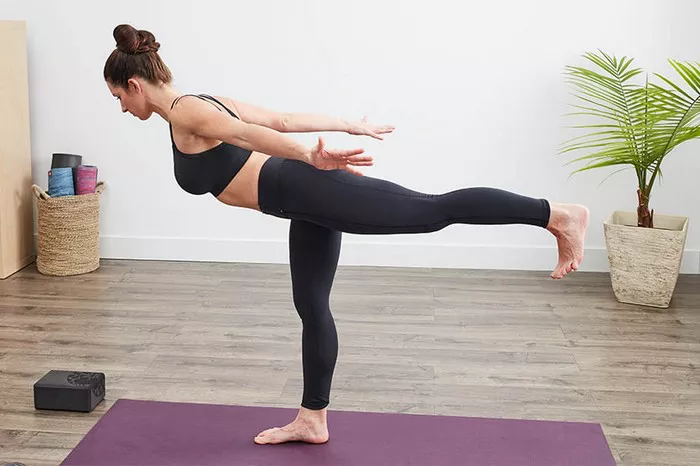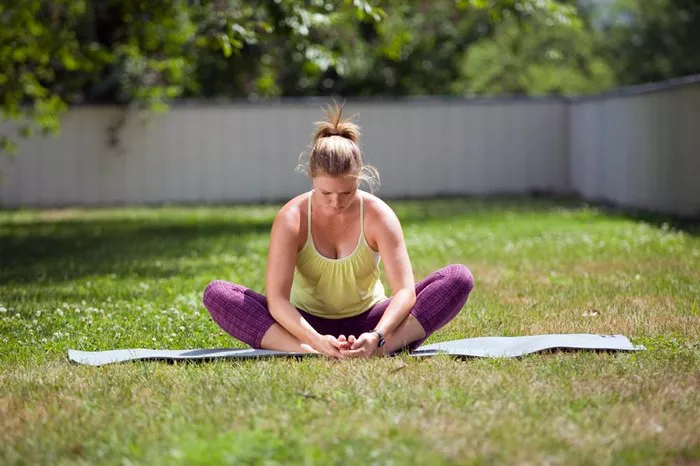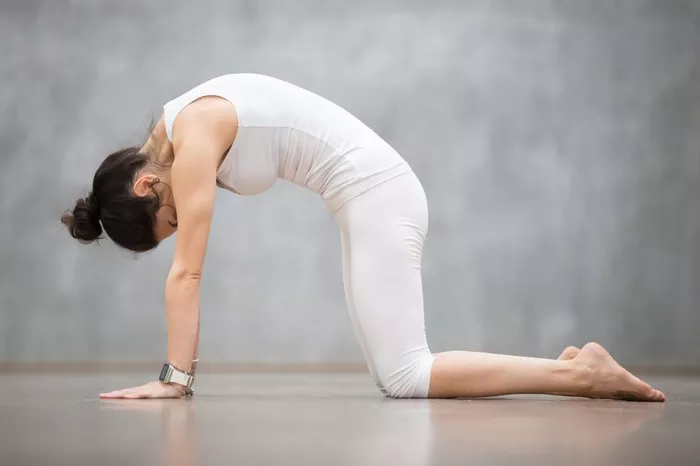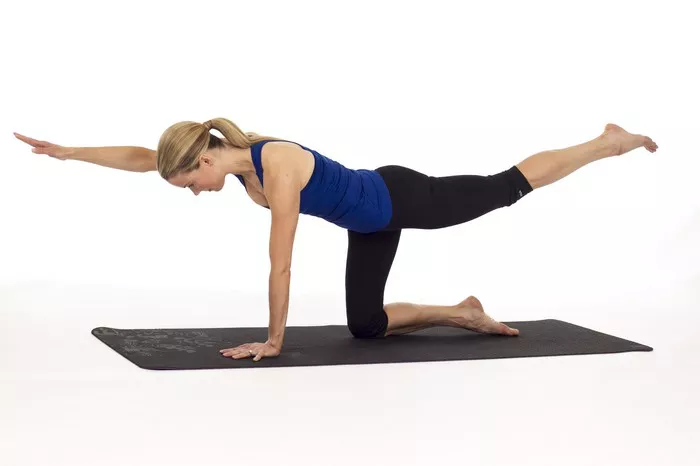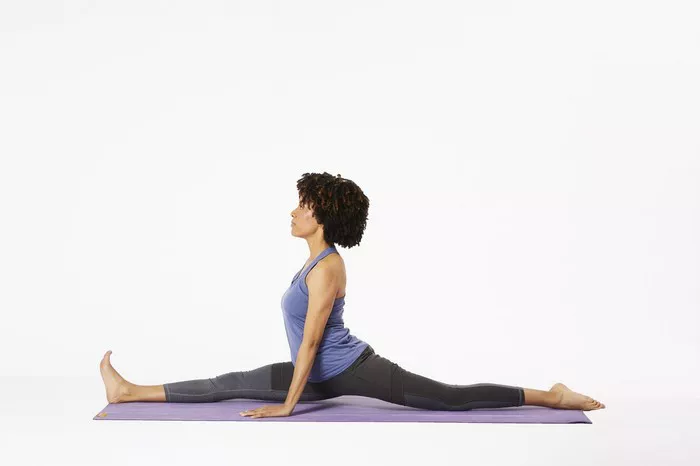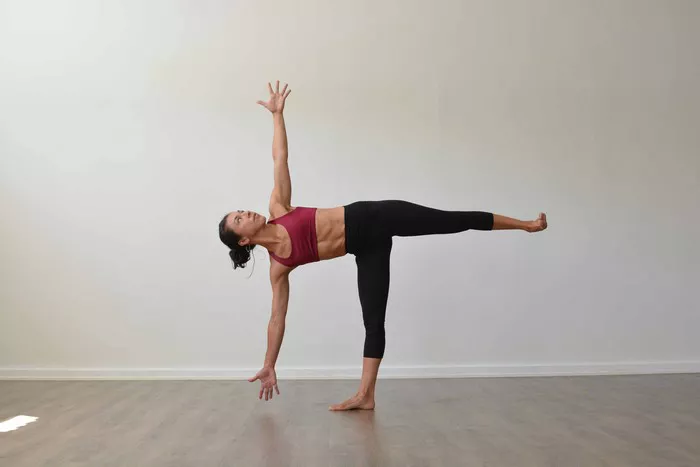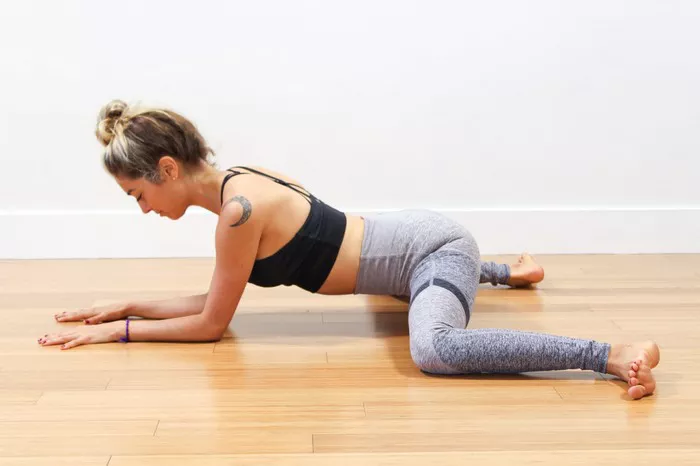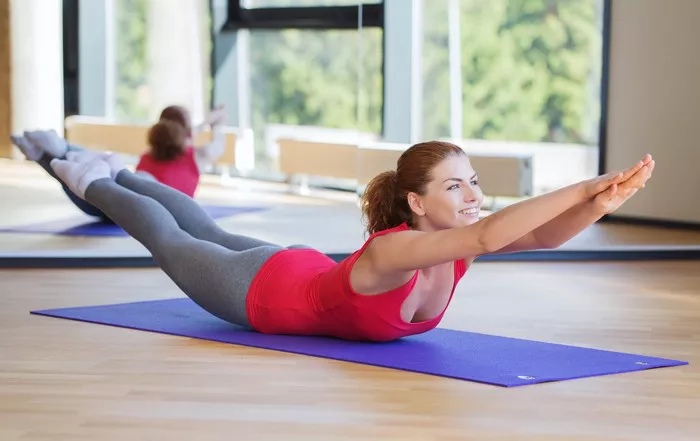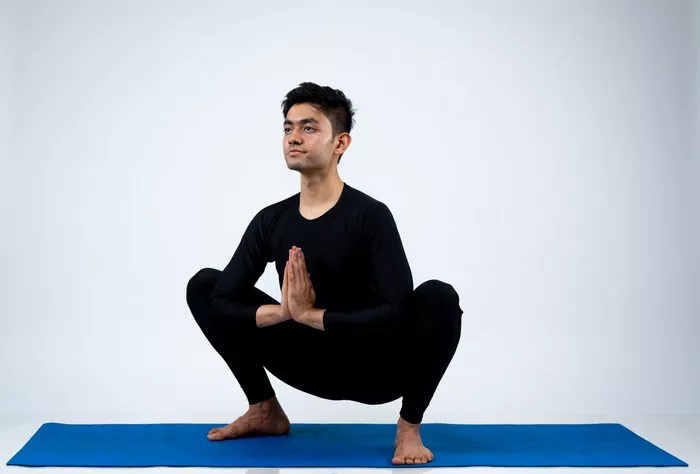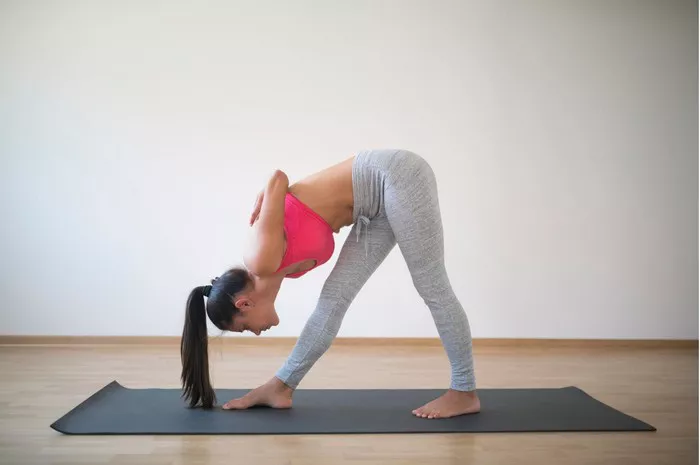Emotions are stored not only in the mind but also within the body. Traumatic experiences, chronic stress, and unresolved emotional tension can manifest physically, often residing in the hips, shoulders, and spine. Yoga offers a holistic path to address this emotional residue by combining mindful movement, conscious breath, and inner focus. The following yoga poses help to gently unlock emotional blockages and foster a deep sense of inner peace and clarity.
1. Child’s Pose (Balasana)
Child’s Pose is a gentle, resting posture that allows the practitioner to turn inward, facilitating a safe space for emotional introspection. As the forehead touches the mat and the body folds in, it signals the nervous system to relax. The pose gently stretches the back and hips, which are known emotional storage centers, encouraging the release of tension and fostering a sense of surrender and calm.
2. Pigeon Pose (Eka Pada Rajakapotasana)
Pigeon Pose is one of the most effective hip-opening postures in yoga. The hips are thought to store deep-seated emotions, especially those linked to fear, guilt, and sadness. By holding this pose, the practitioner often experiences emotional catharsis as tightness is released. Breathing deeply through discomfort in this pose can help process and let go of repressed feelings.
3. Camel Pose (Ustrasana)
Camel Pose offers a powerful heart-opening experience, physically stretching the front of the body and exposing the chest and throat areas. This openness can feel vulnerable, but it also offers a chance for healing. As the heart space expands, suppressed emotions such as grief or heartache may surface, allowing for emotional cleansing and increased compassion toward oneself and others.
4. Seated Forward Bend (Paschimottanasana)
This forward fold encourages introspection and self-reflection. The gentle compression of the abdomen soothes the digestive organs, where stress is often held. More than a physical stretch, Seated Forward Bend invites the practitioner to turn inward, embracing stillness. It creates a meditative environment where suppressed emotions can surface and be processed with mindful awareness.
5. Reclining Bound Angle Pose (Supta Baddha Konasana)
This restorative posture is deeply relaxing and conducive to emotional release. By lying back and allowing the hips to open, the body enters a state of receptivity and ease. It encourages vulnerability and relaxation, making it easier for emotions like sadness or joy to arise and be acknowledged. Practicing this pose regularly can support ongoing emotional healing.
6. Cat-Cow Pose (Marjaryasana-Bitilasana)
Cat-Cow is a dynamic movement that connects breath with motion, promoting spinal flexibility and emotional fluidity. The rhythmic motion helps release tension stored in the spine and can elevate mood. This pose is particularly helpful for those who experience emotional stagnation, as it invites motion and awareness into areas that often hold stress and anxiety.
7. Legs-Up-The-Wall Pose (Viparita Karani)
This gentle inversion is a favorite for relaxation and emotional balance. By elevating the legs, blood flow is encouraged toward the heart and brain, which soothes the nervous system. The pose creates a sense of grounding and safety, ideal for moments of overwhelm or anxiety. It supports emotional resilience by helping the body and mind reset.
8. Bridge Pose (Setu Bandhasana)
Bridge Pose is a gentle heart and hip opener that also engages the core and back. By lifting the chest toward the sky while keeping the feet grounded, it combines elements of stability and expansion. This duality supports emotional release by creating both structure and freedom. It can help unearth emotions related to confidence, trust, and self-worth.
9. Happy Baby Pose (Ananda Balasana)
This playful pose often elicits feelings of joy and light-heartedness, but it also deeply stretches the hips and lower back. The pose mimics the movement of infants, which can trigger feelings of innocence, security, and comfort. Emotionally, it may bring up memories and sensations from childhood, making it a gentle way to explore the roots of emotional patterns.
10. Eagle Pose (Garudasana)
Eagle Pose involves a deep bind that requires focus and balance. It targets the shoulders, hips, and thighs—areas that commonly harbor tension and emotional residue. As one unravels the bind at the end of the posture, there’s often a symbolic sense of release. It represents breaking free from emotional constraints and cultivating mental clarity and resilience.
11. Savasana (Corpse Pose)
Although it appears to be simple, Savasana is a powerful integrative posture. It allows the body and mind to absorb the benefits of the practice and encourages complete surrender. In this deeply restful state, emotions may surface spontaneously. Savasana fosters acceptance and presence, making it an essential conclusion to any emotionally focused yoga sequence.
Practicing With Intention
When practicing yoga for emotional release, it’s important to approach each pose with intention and compassion. Avoid forcing the body into any shape; instead, listen closely to what it communicates. Breathing deeply and mindfully during each pose amplifies its emotional and physical benefits. Emotional release during yoga can vary greatly—from subtle sensations to intense catharsis—all of which are valid and healing.
Tips for Safe and Effective Emotional Release Through Yoga:
- Practice in a quiet, supportive environment.
- Use props such as bolsters, blocks, and blankets to enhance comfort.
- Stay hydrated and take breaks as needed.
- Allow emotions to arise without judgment.
- Consider journaling after practice to process experiences.
Conclusion
Emotions are intricately tied to our physical bodies. Through consistent yoga practice, especially with poses targeting emotional release, one can gently unravel the knots of stored stress and trauma. Each pose provides a unique doorway into deeper self-awareness and healing. Whether you’re seeking to process grief, manage anxiety, or simply reconnect with yourself, these yoga poses offer a compassionate and accessible path to emotional well-being.
FAQs
Q: How often should I practice these yoga poses for emotional release?
A: Practicing 3 to 5 times a week is beneficial. Listen to your body and adjust the frequency according to your emotional and physical needs.
Q: Can I experience strong emotions during these poses?
A: Yes, it’s common to feel strong emotions during or after these poses. This is a normal part of emotional release and a sign of healing.
Q: Should I consult a professional before starting this practice?
A: If you have a history of trauma or serious emotional distress, it’s advisable to consult with a mental health professional before beginning any emotionally focused practice.
Q: Can beginners try these poses?
A: Absolutely. Most of these poses are accessible to beginners, especially when supported by props and modifications.
Q: What if I don’t feel anything during the practice?
A: Emotional release is not always immediate. Consistency, patience, and mindful practice are key. Over time, you may notice subtle shifts in your emotional state.
Related Topics:

